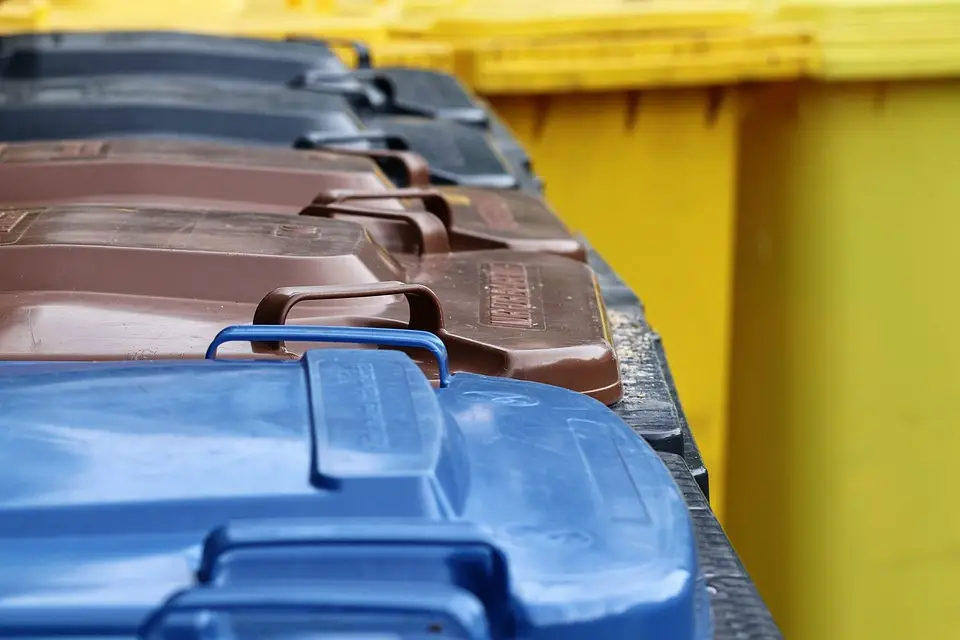As Poslovni Dnevnik writes, as of December the 1st this year, there will be no more ”blue and yellow bag” weeks, and plastic (yellow) removal will increase to once a week, announced the head of Cistoca, Davor Vic. By the end of next year, the new Zagreb waste disposal system should be fully operational across the entire capital city, he said for Vecernji TV.
He expressed his satisfaction with the speed with which the residents of Zagreb accepted the model that came into effect on the first day of October. In the first month of the new rules surrounding Zagreb waste disposal, the capital’s residents produced 27 percent less mixed municipal waste, increased the separation of bio-waste by 30 percent, while plastic is 40 percent heavier in terms of weight and even more by volume.
“Even on the ground, it can be seen that there is less mixed waste in general, so the prerequisites have been created for us to shift our capacities to recyclable waste,” Vic said.
For this reason, for 90,000 service users living in family homes, the removal of mixed waste will be gradually abolished from twice to just once a week. This was introduced for about 60,000 houses by Monday, and it will cover the rest as well before end of the month.
“In family houses, their charged volume is sufficient for removal once a week. But in multi-apartment buildings, where the tanks are outside, we’ll reduce the removal of such waste gradually,” he explained.
Paper, glass and especially plastic will be picked up more often after December the 1st this year. “We have about 100 critical locations from which we collect waste every night because the yellow containers are spilling things out there. In cooperation with communal wardens, we also started issuing fines, which turned out to have an effect,” said Vic.
This can best be seen in the very centre of the city, where, despite the initial skepticism, the new model for Zagreb waste disposal worked very quickly because people recognised the advantage of not having bins lift out on the pavements. In the first month of its implementation, not many fines were issued or collected, he revealed.
“Over the past few weeks, Cistoca employees stuck warnings or thank you notes on the bins and as such let it be known that we’re actually monitoring what bin users are doing. Most of the fines were written for non-compliance with communal rules, which is nothing new. It has always been stipulated that waste can’t just be dumped anywhere. We immediately punish people for doing that, and after that we’ll start checking what is being thrown in the rubbish containers. The punishments aren’t symbolic or excessive, but they’re definitely sufficient for people to correct themselves and to understand that we’re doing all this for the common good,” Vic said.
The focus is on the centre of Zagreb, he added, because it is quite a specific case. As in any city, the highest volume of people stay and pass through there and it is the most touristic.
A big problem, Vic added, is being caused directly by unscrupulous owners of catering and hospitality establishments who use other people’s rubbish containers for their own waste.
“We’re dealing with that with the municipal police, because they have to deal with their packaging in their own arrangement with Cistoca or with another company. We’re in charge of taking away their municipal waste,” he said. He also commented on the complaints of residents from Novi Zagreb about the unbearable stench and bad readings at the Zagreb 3 air quality measuring station.
“We haven’t yet come across any parameter according to which this could be related to what we’re doing at the Jakusevac landfill, because nothing has changed in our business except that we have less mixed waste. It is “business as usual” with us,” Vic said. As a possible source of the stench, many are pointing the finger at the Zrinjevac compost plant, where biowaste from households is currently processed.
“We have impurities in bio-waste, but we separate it all first and take it to the landfill in the form of mixed waste. There’s more biowaste than there was before, but it is still within the planned capacity of Zrinjevac. We constantly have inspections due to reports, but the more they come, the more they determine that we’re working according to the permits and rules of the profession,” emphasised Vic.
Project documentation for the biogas plant and composting plant in Novska is now also being prepared, sources of financing are being sought, and proper solutions are expected soon. Applications for landfills are still ongoing, two have been built so far, and three are in the process of being constructed.
For more, make sure to keep up with our dedicated news section.









